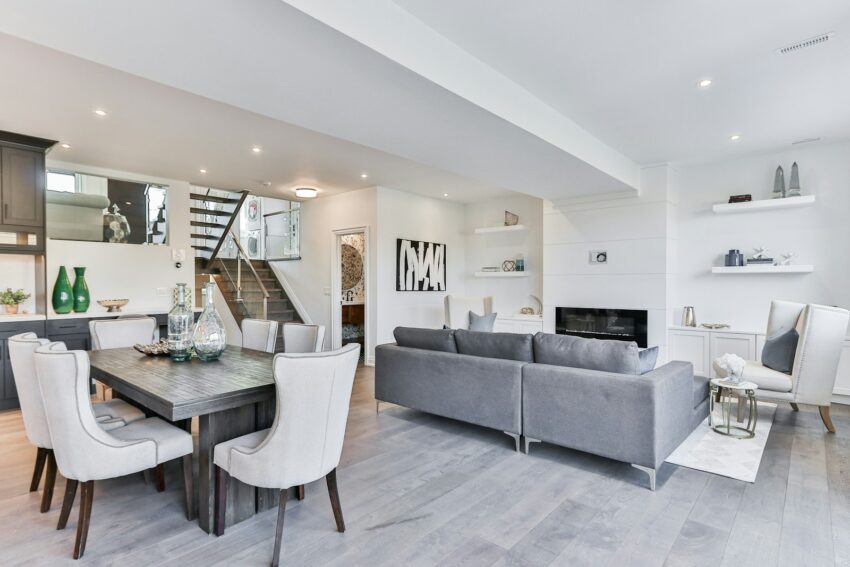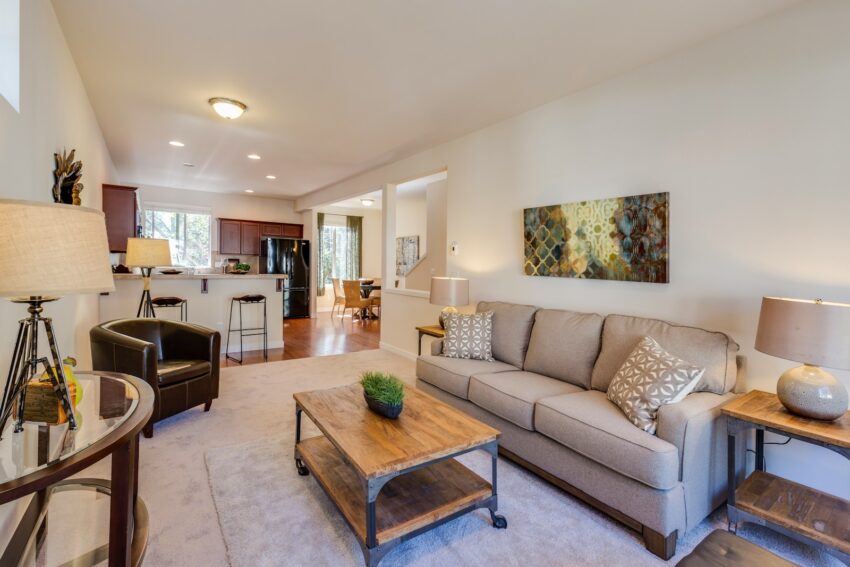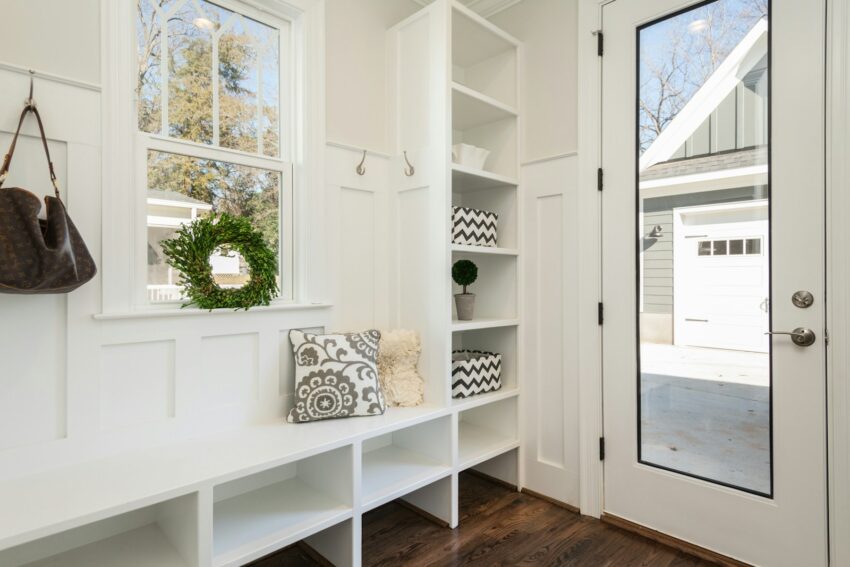If you’ve got a camera, an eye for detail, and a thing for beautiful homes, you’re sitting on an untapped goldmine. Real estate photography isn’t just about snapping a couple of clean shots, it’s about making properties irresistible to buyers. In a market where homes can sit idle for months, good photography has the power to close deals faster than any sales pitch ever could.

But let’s get one thing straight: talent alone won’t cut it. If you’re serious about turning this into a real business, you need an online presence that proves you know your stuff. And yes, that means you’ll want to create a portfolio website; and not some half-baked Instagram gallery, but a professional space that screams, “I’m the one you need to sell this house.”
With a solid platform like one.com, building that portfolio isn’t rocket science. It’s just smart business. And if you’re not showing off your best work where clients can find you, don’t be surprised if you keep losing gigs to the next guy who does.

The Photography That Moves Homes Off the Market
Real estate is all about appearances. Everyone wants the dream home, and in this digital age, that dream starts with images. You’re not just capturing a kitchen or a front porch—you’re selling a lifestyle.
Statistics don’t lie: homes with professional photography sell faster and often for higher prices. Buyers make decisions in seconds, scrolling through online listings until something makes them stop. That “something” should be your work.
Now, if you’re dealing with old houses—the kind that ooze character and history—your job gets even juicier. Every scratch in the wood flooring, every ornate fireplace, every vintage doorknob tells a story. Showcasing these features in your photos is what separates amateurs from the photographers real estate agents actually call back.

Build a Portfolio, Build Your Business
Let’s talk about your online game. If you think social media alone is enough to get you clients, think again. You need a dedicated, professional corner of the internet that’s all yours. That’s why taking time to create a portfolio website is essential. It’s your business card, your visual resume, and your proof of expertise; all rolled into one.
With tools from platforms like one.com, setting up a sleek, mobile-friendly site doesn’t have to eat up your weekends. What matters is that when a real estate agent, broker, or homeowner Googles your name, they find an impressive collection of your work—not a dead Facebook page from 2017.
Organize your photos by property type, style, or region. Throw in some client testimonials, a services list, and clear contact info. The easier you make it for people to see what you offer, the faster they’ll hit that “contact me” button.
And here’s a bonus: a well-optimized website helps you rank on search engines. Use proper keywords, alt-text on images, and meta descriptions so people actually find you when searching for a real estate photographer in their area.

Know Your Value and Price Accordingly
This isn’t a hobby—this is a business. So price yourself like a pro. Don’t undersell your skills just to land gigs. Real estate agents know the value of good photography because they’ve seen the difference it makes in closing a sale.
Factor in your time, equipment, travel, and post-production when setting your rates. And don’t shy away from offering add-ons like drone shots, twilight photography, or virtual tours. Those extras? They’re where the serious money comes in.
You’re not just selling photos; you’re selling faster sales, higher closing prices, and happy clients who come back for more.
Connections Are Currency
Want to make real money? Build connections. Network with real estate agents, home staging companies, interior designers, and property developers. The more people who know your name, the more referrals will land in your inbox.
Word of mouth still rules in this game, but don’t sleep on social media. Share your work, behind-the-scenes shots, and quick tips on prepping homes for photography. Instagram, TikTok, and LinkedIn—use them all, but don’t forget they’re only part of the strategy. Your website is still home base.
Level Up and Diversify
You don’t want to stay stuck doing the same basic shots forever. The market is moving, and so should you. Upskill with drone photography certifications, master video walkthroughs, or offer 3D virtual tours. The more you can do, the harder it is for clients to look elsewhere.
If you’re smart about your marketing, keep your portfolio fresh, and deliver quality consistently, you’ll carve out a name for yourself in the industry.
The Bottom Line
Real estate photography isn’t just another side hustle—it’s a legitimate business with serious earning potential. But only if you treat it like one. Create a portfolio website, sharpen your skills, price yourself right, and network like your next paycheck depends on it—because it does.
As the housing market gets more competitive, the demand for photographers who can make a home look like a million bucks—whether it’s a restored Victorian or a brand-new build—won’t be slowing down anytime soon. So get your camera ready, your website polished, and your business mindset in gear. The homes aren’t going to sell themselves.
